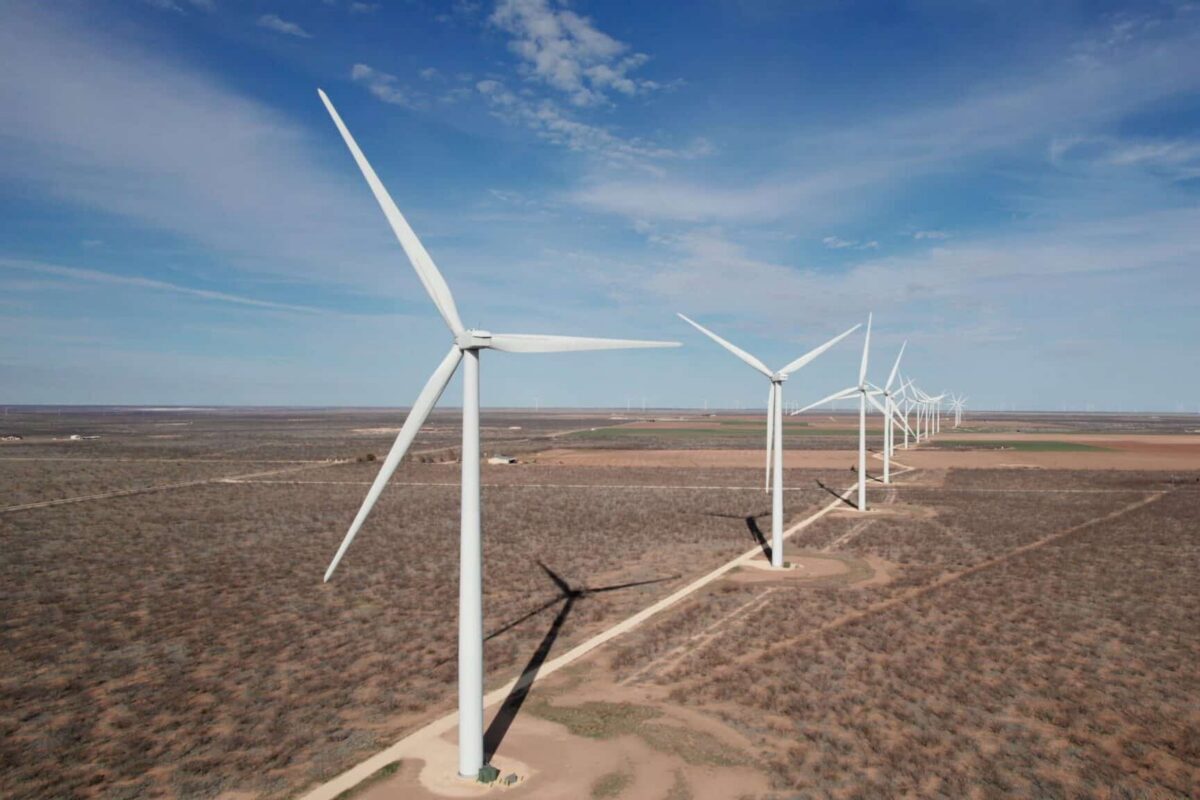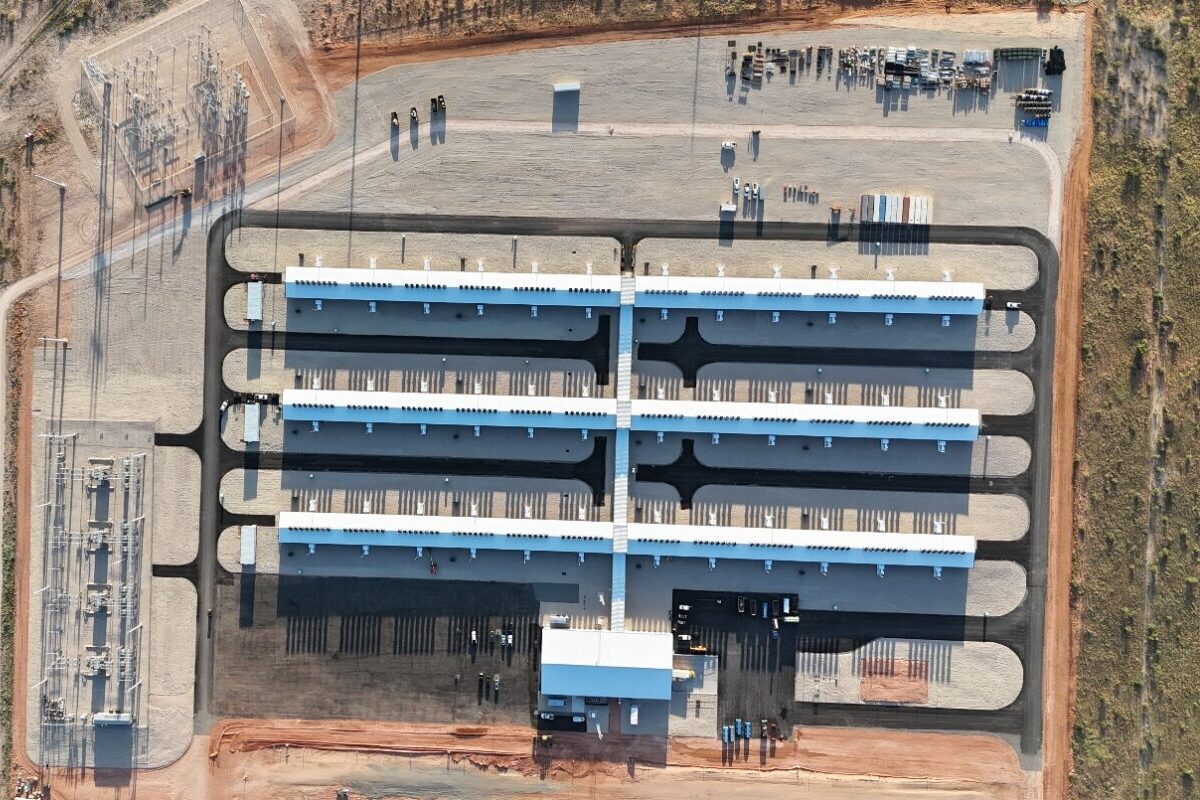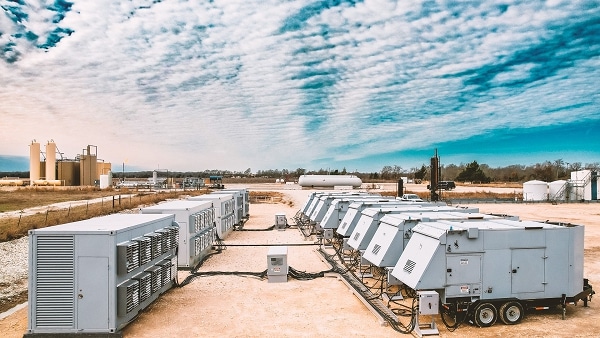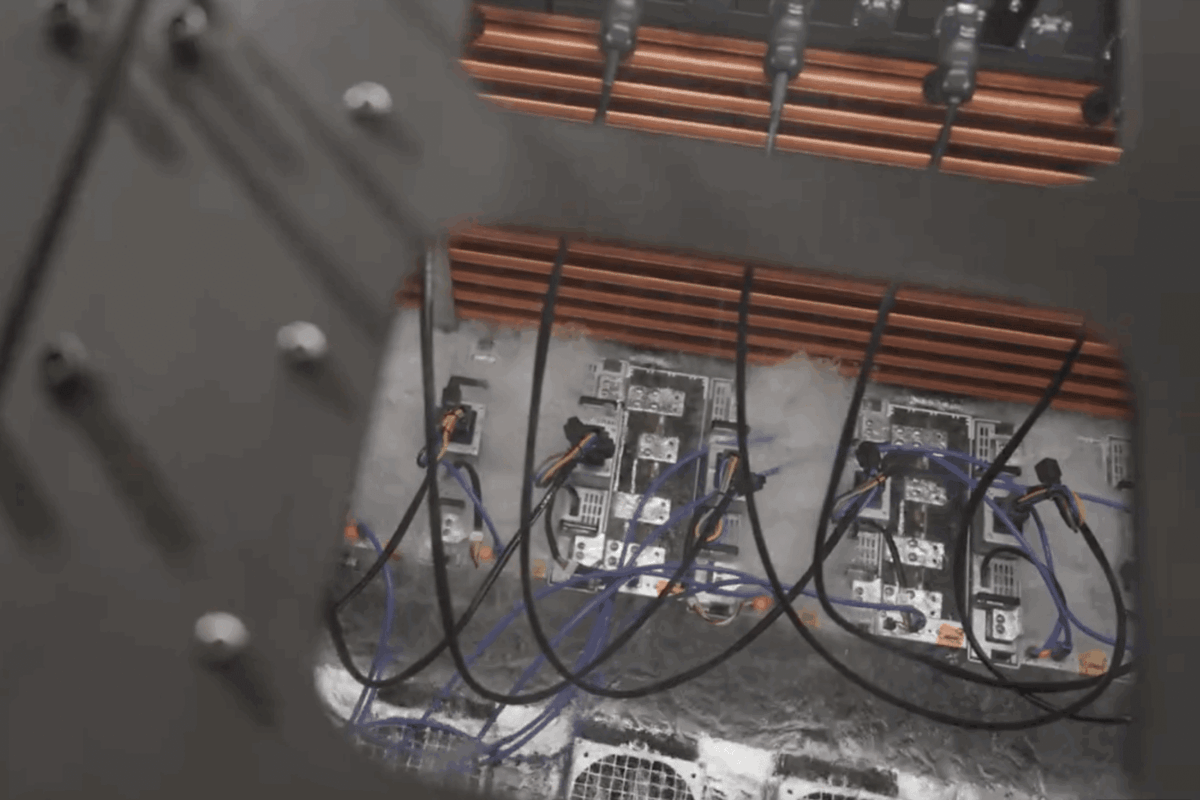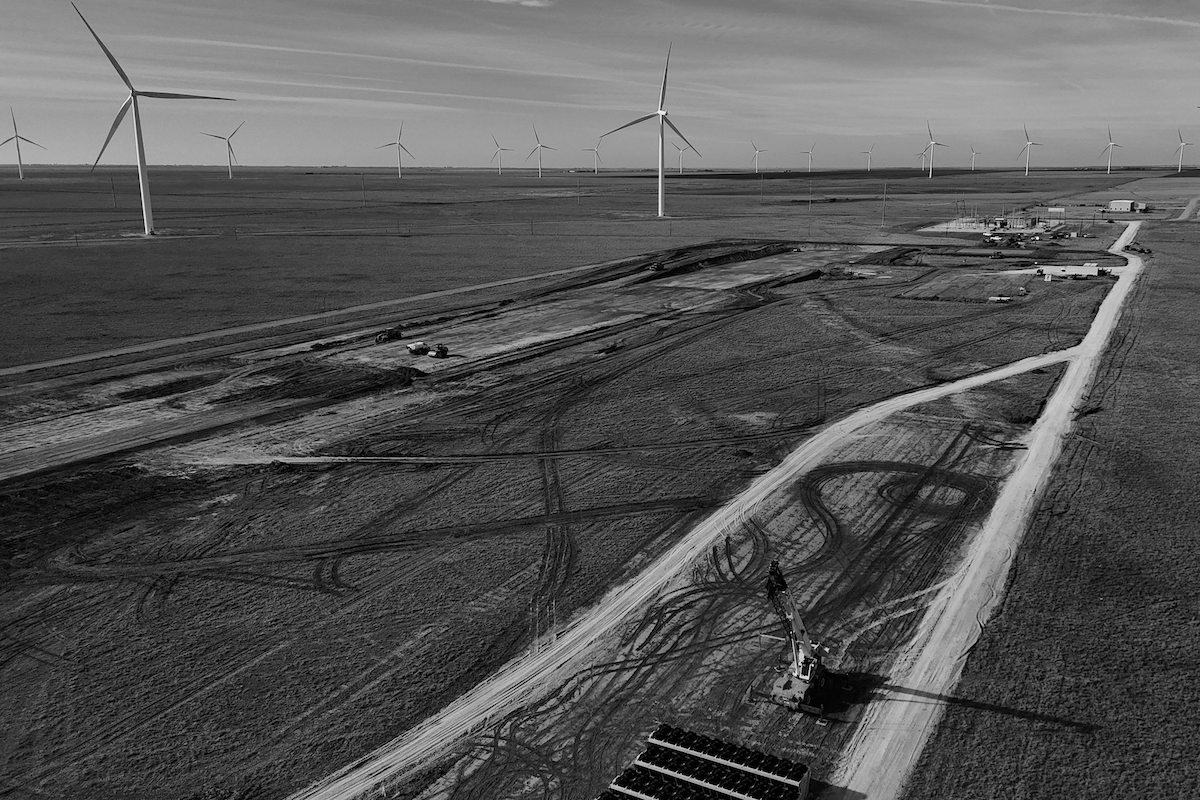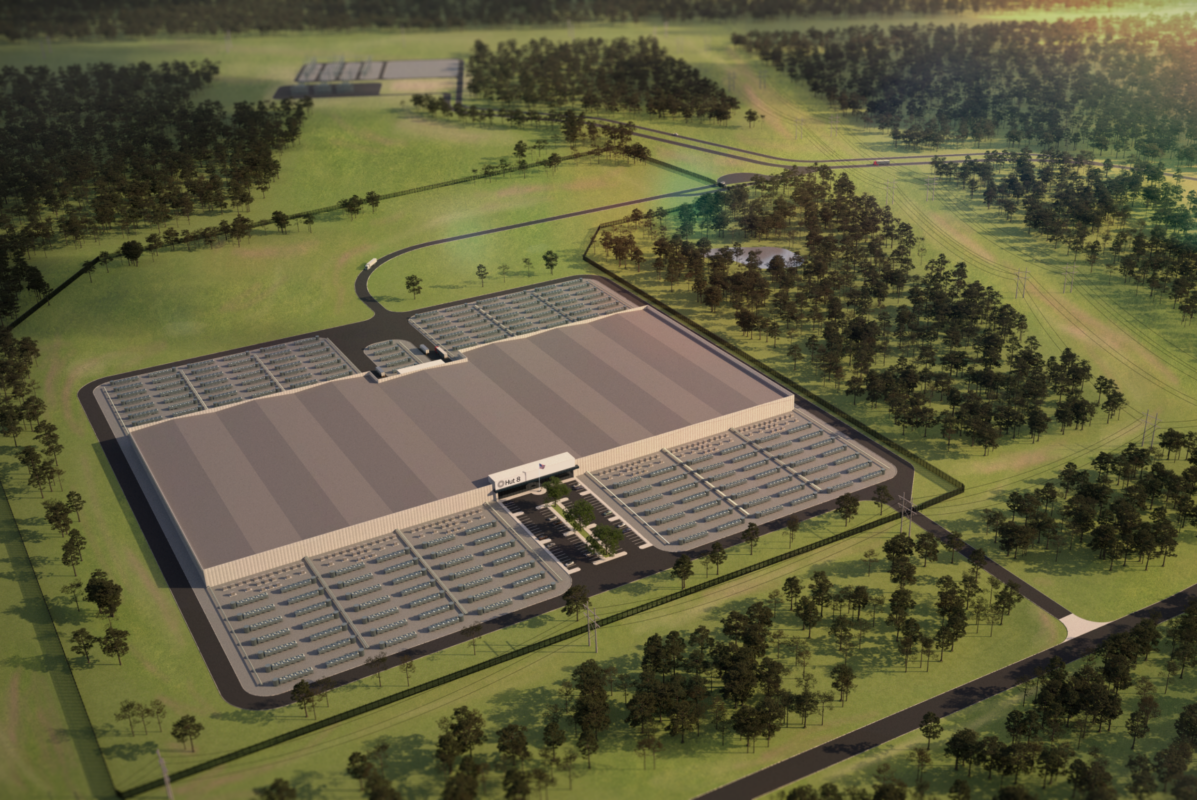Miner Weekly: Time to Express Bitcoin Mining Revenue in Dollars per Megawatt-Hour

This article first appeared in Miner Weekly, BlocksBridge Consulting’s weekly newsletter curating the latest news in bitcoin mining and data analysis from TheMinerMag. Subscribe to receive in your inbox once a week.
Bitcoin set all-time highs this week, with mining stocks enjoying a rally following Donald Trump’s election as President on Wednesday. Market sentiment remains bullish, with many eyeing 2025 as a potential peak year, aligning with Bitcoin’s historical cyclical patterns.
However, for bitcoin miners, this cycle could diverge significantly from the past. The rise in demand for power from AI and high-performance computing (HPC) could divert both existing and new power capacity away from bitcoin mining. Despite the hype, a recent Bloomberg report suggests that this shift may not be as seamless as anticipated.
Beyond the hype around AI and HPC, bitcoin miners face a more immediate concern: declining revenue per unit of hashing power (computing power dedicated to bitcoin mining).
Traditionally, the industry has measured revenue in dollars per unit of hashing power per day. But with AI, HPC, and other proof-of-work applications (mining altcoins or cryptocurrencies that are not Bitcoin) entering the infrastructure space, there’s a growing need to standardize revenue metrics in dollars per megawatt-hour (MWh).
TheMinerMag charted the revenue per MWh above for dominant bitcoin mining machines in each halving cycle since 2016. If Bitcoin’s cyclical trend holds, the revenue peak of the new Antminer S21 Pro in 2025 may fall short of the peak achieved by the S19 Pro during the 2021 bull cycle, just as the S19 Pro’s peak lagged behind that of the S9 in the 2016 bull cycle.
In the 2021 crypto bull market, the S19 Pro’s peak revenue reached about $573/MWh. Currently, with bitcoin’s price at an all-time high above $75,000, the S21 Pro’s revenue hovers around $129/MWh. How does this compare to the revenue potential of HPC or AI?
Admittedly, revenue for AI or HPC hosting isn’t as transparent or standardized as that of bitcoin mining. But here’s what ChatGPT suggested when asked for estimates on average revenue per power capacity:
Data center revenue per megawatt-hour (mWh) can vary significantly based on factors like location, type of services offered (colocation, cloud, managed services), efficiency, and power utilization. However, there are some general figures and benchmarks.
- Colocation Data Centers: Colocation providers typically charge based on power and space, with revenue per MWh estimated at around $100 to $200. Higher-density deployments from large enterprise clients can push revenues closer to $300 per MWh or more.
- Hyperscale Data Centers: Hyperscale facilities operated by tech giants like Amazon, Microsoft, and Google generally have lower revenue per MWh due to scale and energy-efficient infrastructure, but they benefit from high volumes. Their revenue per MWh usually ranges from $80 to $150.
- HPC Data Centers: HPC and AI-focused facilities, handling specialized, high-density computing workloads, can command revenue between $200 and $500 per MWh.
- Industry Averages: On average, data center revenue per MWh is estimated at $100 to $200, although specific workloads and models can yield higher or lower returns.
In October, Core Scientific announced that CoreWeave exercised the final option of a GPU hosting contract for 500 megawatts under a 12-year term, projecting $8.7 billion in accumulated revenue—an estimated $165 per MWh on average. During the third quarter, Core recorded HPC hosting revenue of $10.3 million from its 16 MW colocation capacity for CoreWeave, which became operational in Q2. This implies a revenue of approximately $300/MWh.
If Bitcoin’s cyclicality continues into 2025, the S21 Pro’s revenue could range from $126 to $573/MWh. But what lies beyond 2025? With the revenue gap between bitcoin miners and AI/HPC data centers narrowing over time, assessing mining revenue in dollars per MWh seems more relevant than ever. For context, the S9’s revenue fluctuated widely between mid-2016 and mid-2020, from $30/MWh to $1,638/MWh, averaging $270/MWh. The S19 Pro, by contrast, averaged $210/MWh from its 2020 launch until the latest halving.
Hardware and Infrastructure News
- CleanSpark Buys 946 PH/s of Avalon A1566I Bitcoin Miners – TheMinerMag
- Cathedra Bitcoin Announces Completion of 60-Megawatt North Dakota Data Center – Link
- Bit Digital Signs New HPC Client with Order of 300 GPUs – TheMinerMag
- Bitcoin Hashprice Dips as Difficulty Tops 100 Trillion for First Time – TheMinerMag
- Nuclear-Hungry AI Campuses Need New Plan to Find Power Fast – Bloomberg
- Hut 8 Buys 6.7 EH/s of S21+ Bitcoin Miners for Fleet Upgrade – TheMinerMag
- Bitdeer Taped Out SEAL03 Bitcoin ASIC with 10 J/TH Efficiency – TheMinerMag
Corporate News
- TSMC’s Huawei Headache – The Wire China
- Gryphon to End Bitcoin Mining Hosting Agreement with Coinmint – TheMinerMag
- CleanSpark Surges 27% in Bitcoin Hashrate, Closing in on Rival MARA’s Top Spot – TheMinerMag
- Deutsche Telekom Tests Bitcoin Mining to Balance Germany’s Renewable Energy Grid – TheMinerMag
- NYDIG acquires Consensus Technology Group – Blockspace Media
Financial News
- Riot cuts hash rate outlook, posts $154 million net loss in Q3 earnings – The Block
- Cipher Sets Up $35M Term Loan Facility with Coinbase – TheMinerMag
- Bitcoin Mining Stocks Post Double-Digit Gains in Pre-Market After Trump Election – TheMinerMag
Feature
- Riot Q3 Earnings Call Recap With PennyEther – The Mining Pod
- Bitcoin Hashrate All-Time High, Greenidge Court Case, Unfounded Bitmain Sanctions Scare, and Faketoshi 2.0 – The Mining Pod
- Bitcoin Mining Bans Can Backfire on Climate Conscious Governments, a New Research Finds – CoinDesk
- Is Bitcoin Mining Investable? – The Mining Pod
- Hive’s HPC and Paraguay Plans, and What a Red Wave Means for BTC w/ Frank Holmes – The Mining Pod

